
Performance Art That Looks a Lot Like Theater The New York Times
The origins of performance art date back to the First World War and Hugo Ball's Dada Manifesto, which rejected a world that could be consumed by war and called for a new society-and a new form of art for that society. The Dadaists prized nonsense, irrationality, and intuition over reason and logic, and performed songs and actions that reflected this attitude.
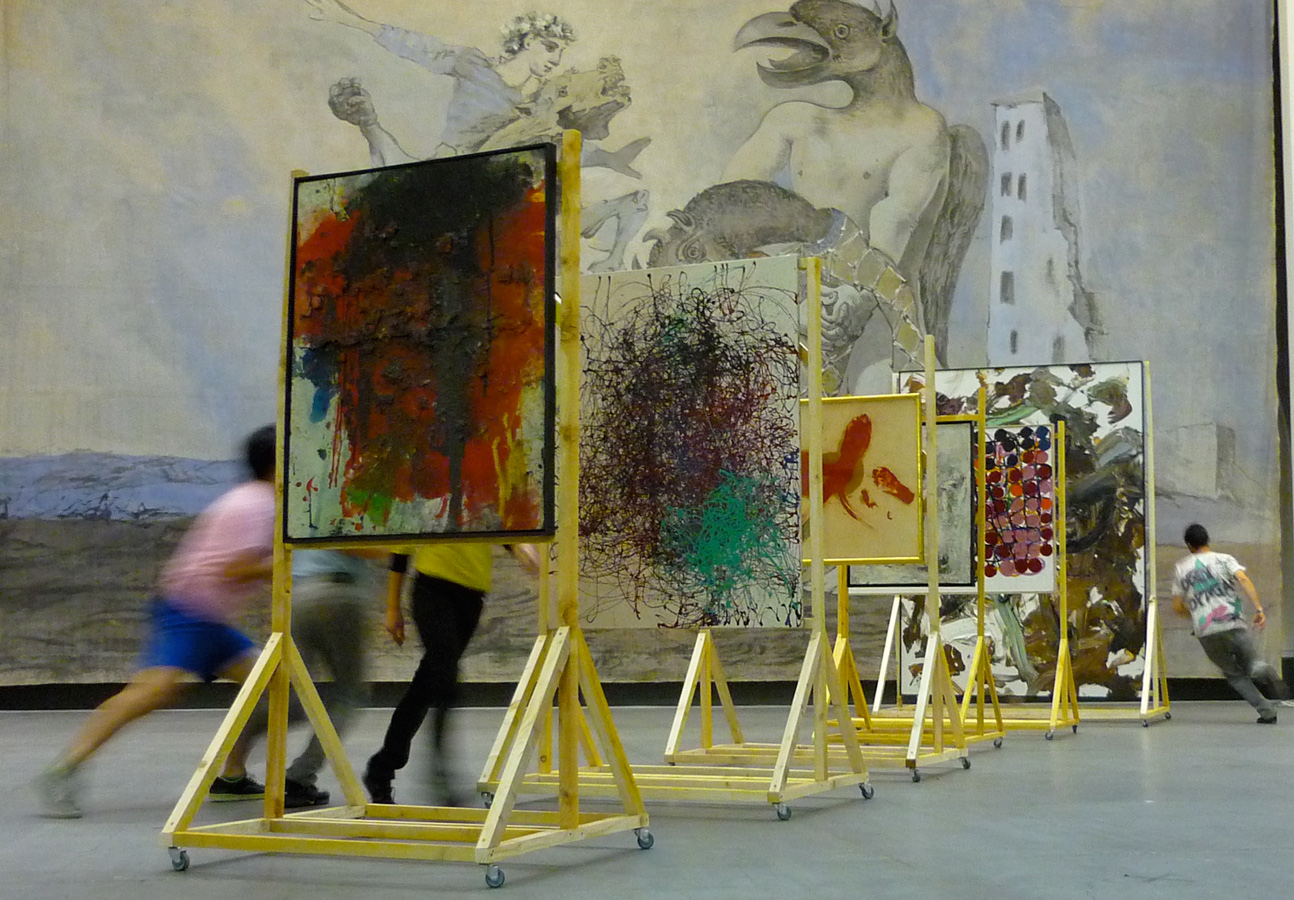
Performance Art 101 Painting and Performance Tate
Performance art. Artworks that are created through actions performed by the artist or other participants, which may be live or recorded, spontaneous or scripted. While the terms 'performance' and 'performance art' only became widely used in the 1970s, the history of performance in the visual arts is often traced back to futurist.
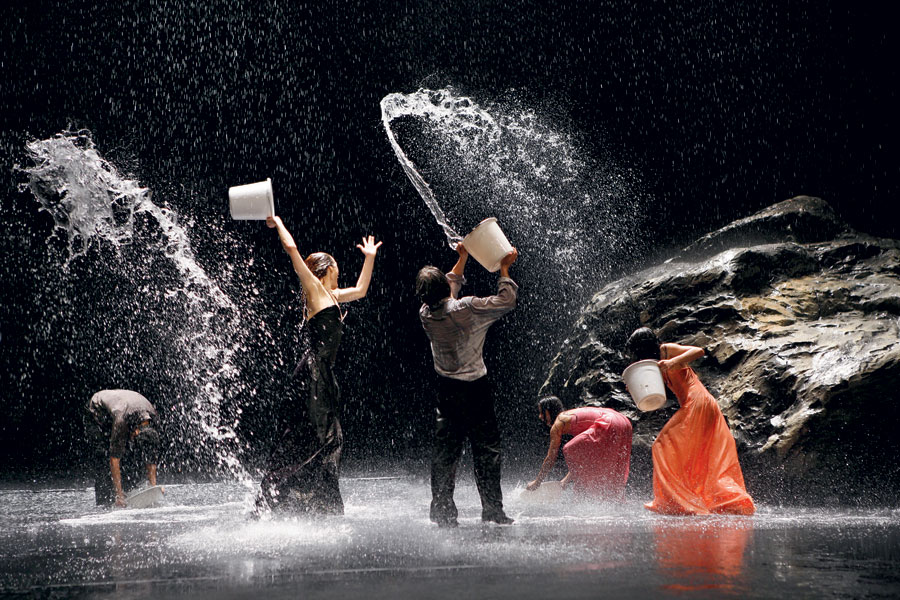
Two Books Survey and Situate the Last Decade of Performance Art Frieze
Performance art is the time-based experiential art form where artist's typically engage with an audience or onlookers in the process of creating the piece. Sometimes involving dance, poetry, music or other mediums within the performance, the art form is an event rather than artifact, though works are typically documented with video, photography and sound recordings to preserve the piece.
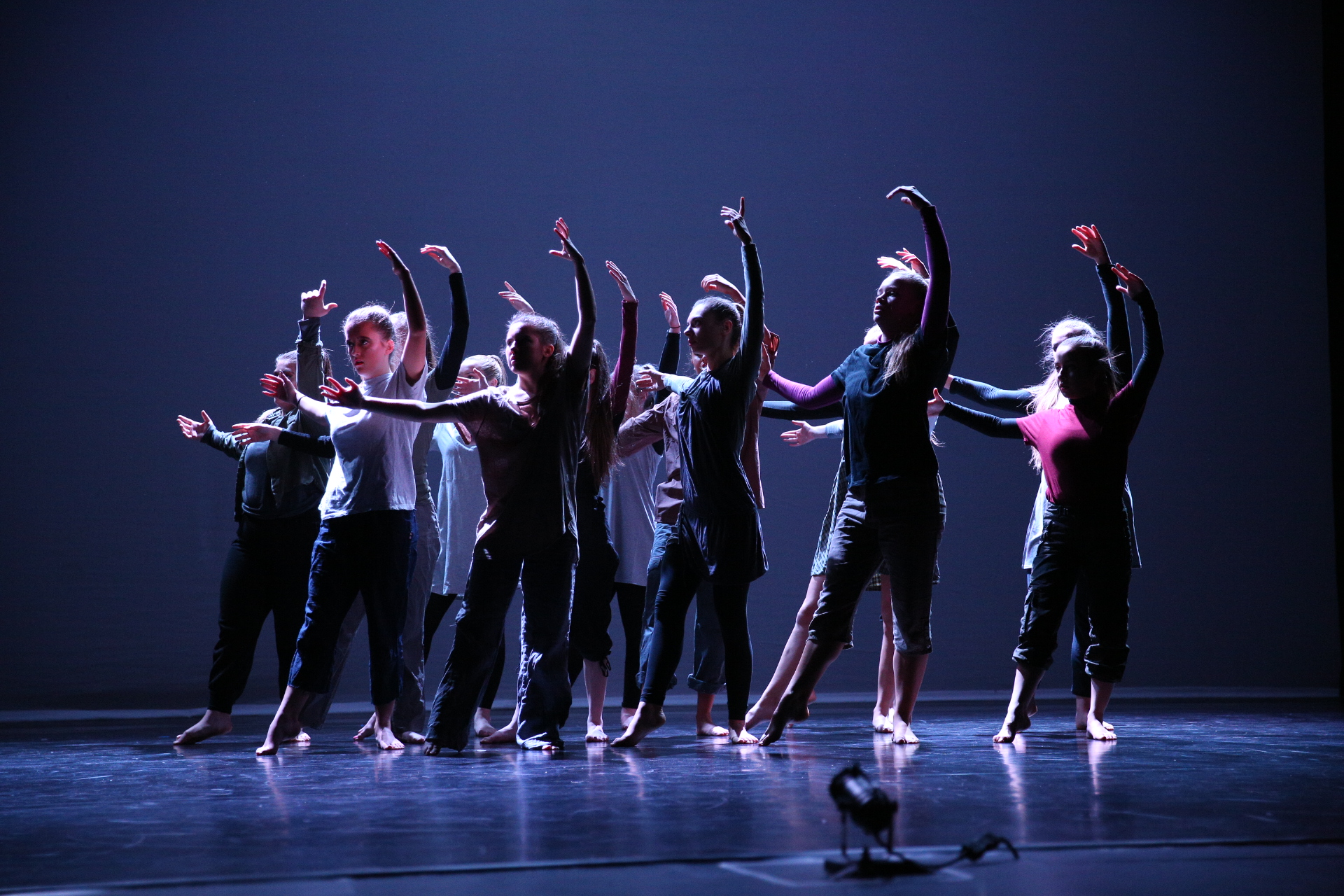
dance group performing arts Bridgwater & Taunton College
According to legend, modern-day performance art was born in the backrooms of a tavern in a rundown district of Zurich, Switzerland in 1916. A pair of German poets and pioneers of the Dada movement, Hugo Ball and Emmy Hennings, invited avant-garde painters and musicians, playwrights and poets to take the stage and experiment with new forms of creative expression.
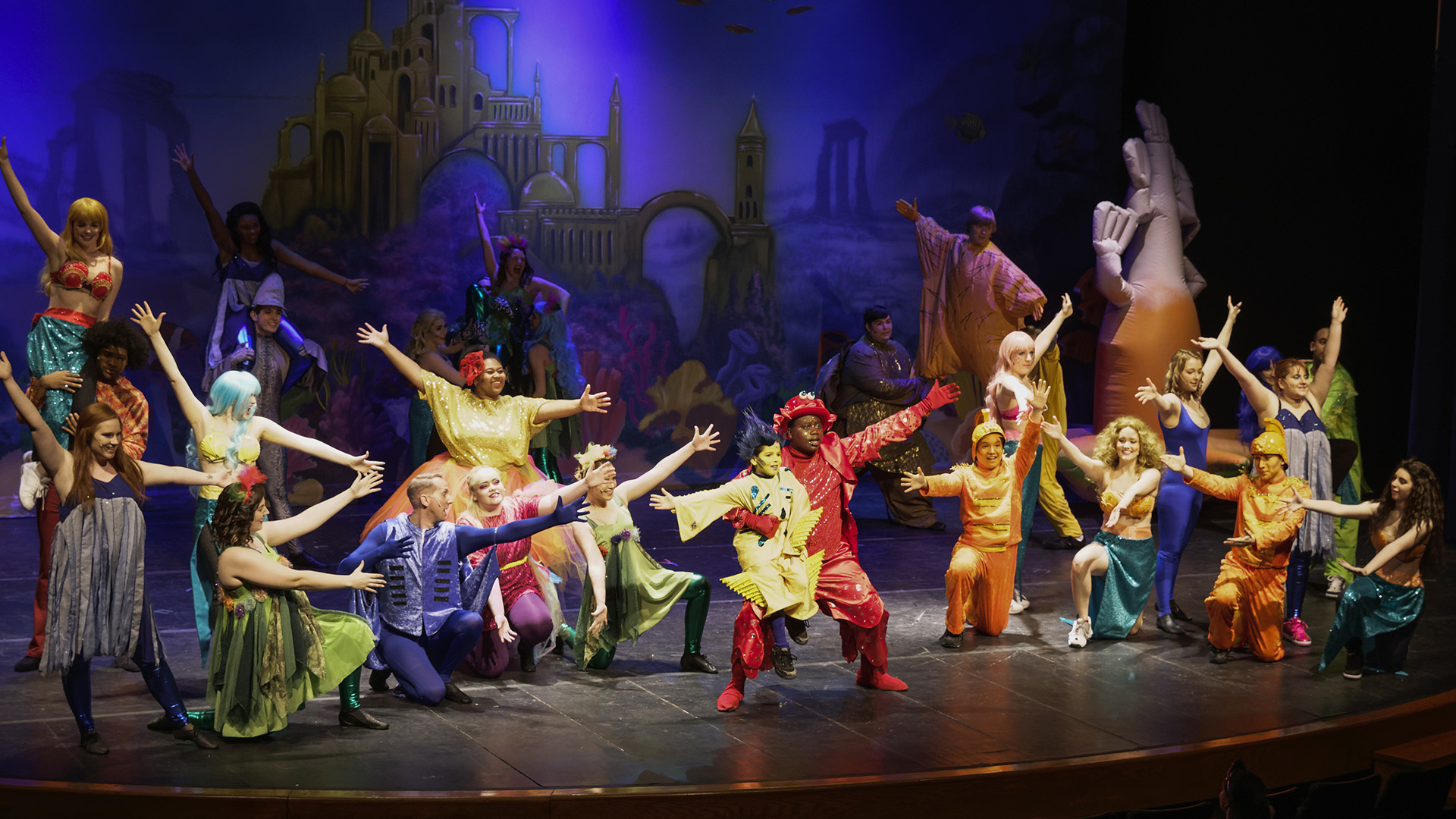
Visual and Performing Arts Southwestern Michigan College
The Art and Performance Research Hub explores contemporary issues through rigorous intellectual research themes, including: — archives, museums, cultural heritage and domestic histories. — power, politics, protest, site and communities. — arts and health, social practice, policy and law. — simulation, materiality, identity, fiction of.
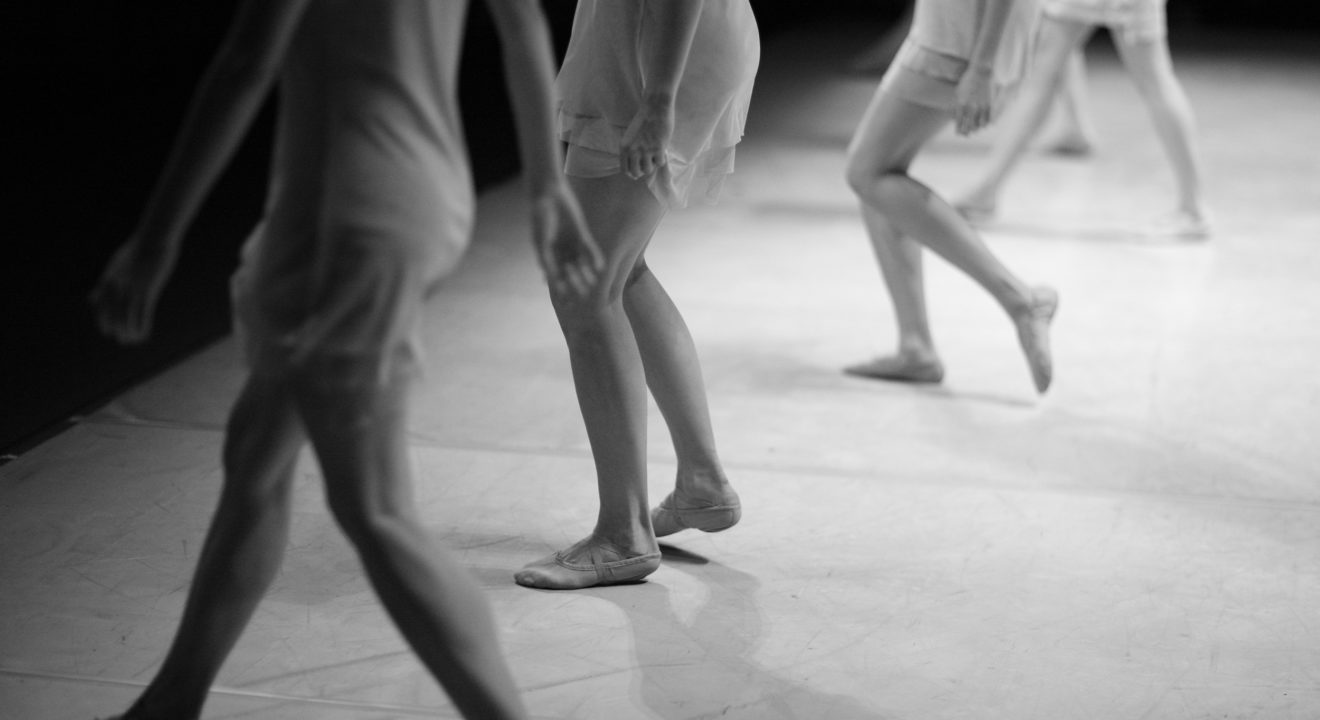
Performance Art and the Artists Behind These Famous Works
Performance art, in particular, has been severely wounded, when live events and academic courses keep being cancelled worldwide. Given the urgency created by the current socio-political situation, this five-day intensive online masterclass, led by renowned performance artist and academic Despina Zacharopoulou, is an opportunity to re-think.
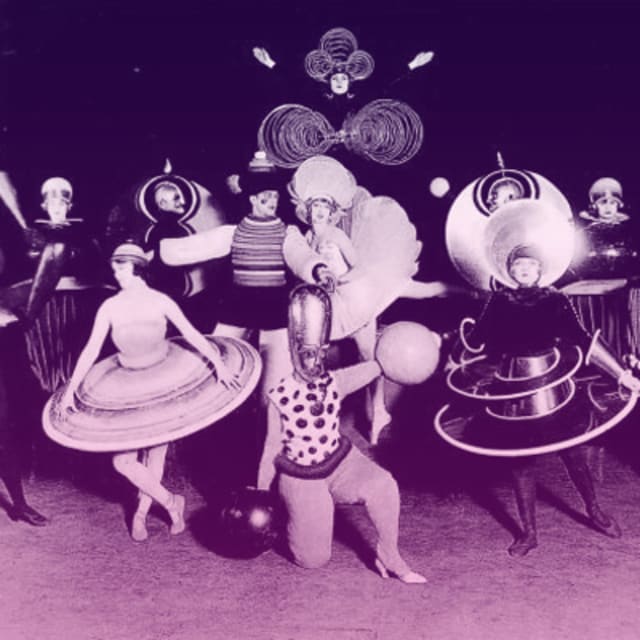
The 25 Best Performance Art Pieces of All Time Complex
Performance art is a movement that thrives in moments of social strife and political unrest. At the beginning of the 1990s, performance art once again grew in popularity, this time fueled by new artists and audiences; issues of race, immigration, queer identities, and the AIDS crisis began to be addressed.

Performing Arts The Elms
Performance art is undoubtedly a broad ranging and diverse style of art that involves some kind of acted out event. Some performance art is a live experience that can only happen in front of an active audience, such as Marina Abramovic 's hugely controversial Rhythm 0, 1974, in which she laid out a series of objects and asked audience members to inflict harm on her body.

30 Examples of Beautiful Performing Arts Photography Performance art
Performance art has its origins in the early 20th century, and it is closely identified with the progress of the avant-garde, beginning with Futurism.The Futurists' attempt to revolutionize culture included performative evenings of poetry, music played on newly invented instruments, and a form of drastically distilled dramatic presentation. Such elements of Futurist events as simultaneity.
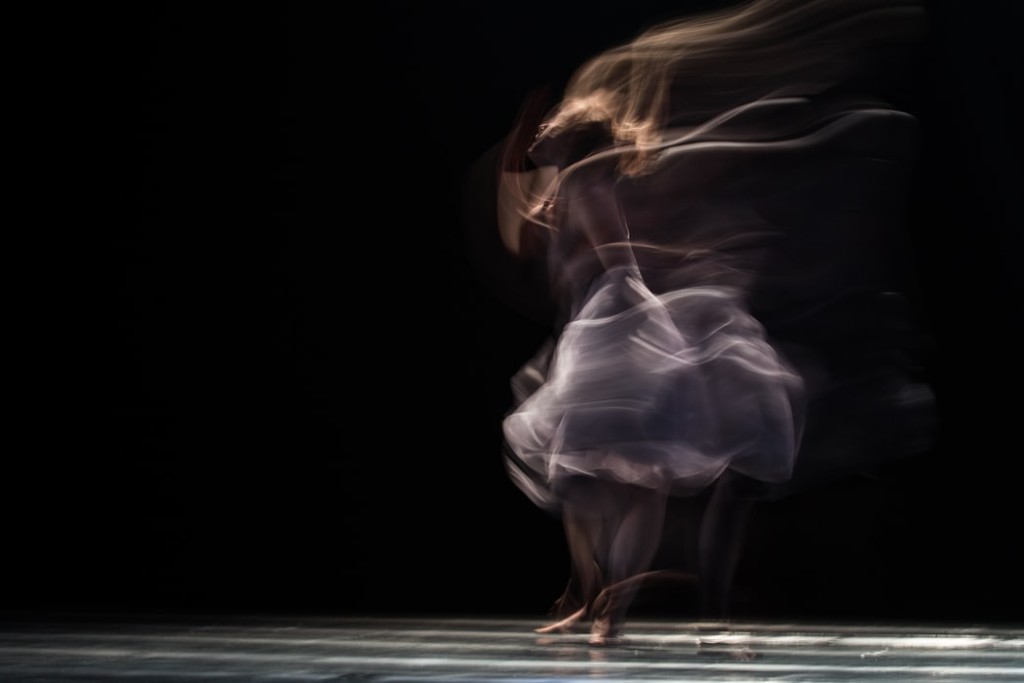
Fine Arts Degree Spotlight What Is Performance Art?
This is a series of evening lectures and seminars, based at the Royal Academy in London. Participants are invited to attend the full 10-week evening lecture series, or to book separately for weeks 1-5 or weeks 6-10. Weeks 1-5. We begin by looking at performance in the classical world, and consider the changing nature of identity in relation to.
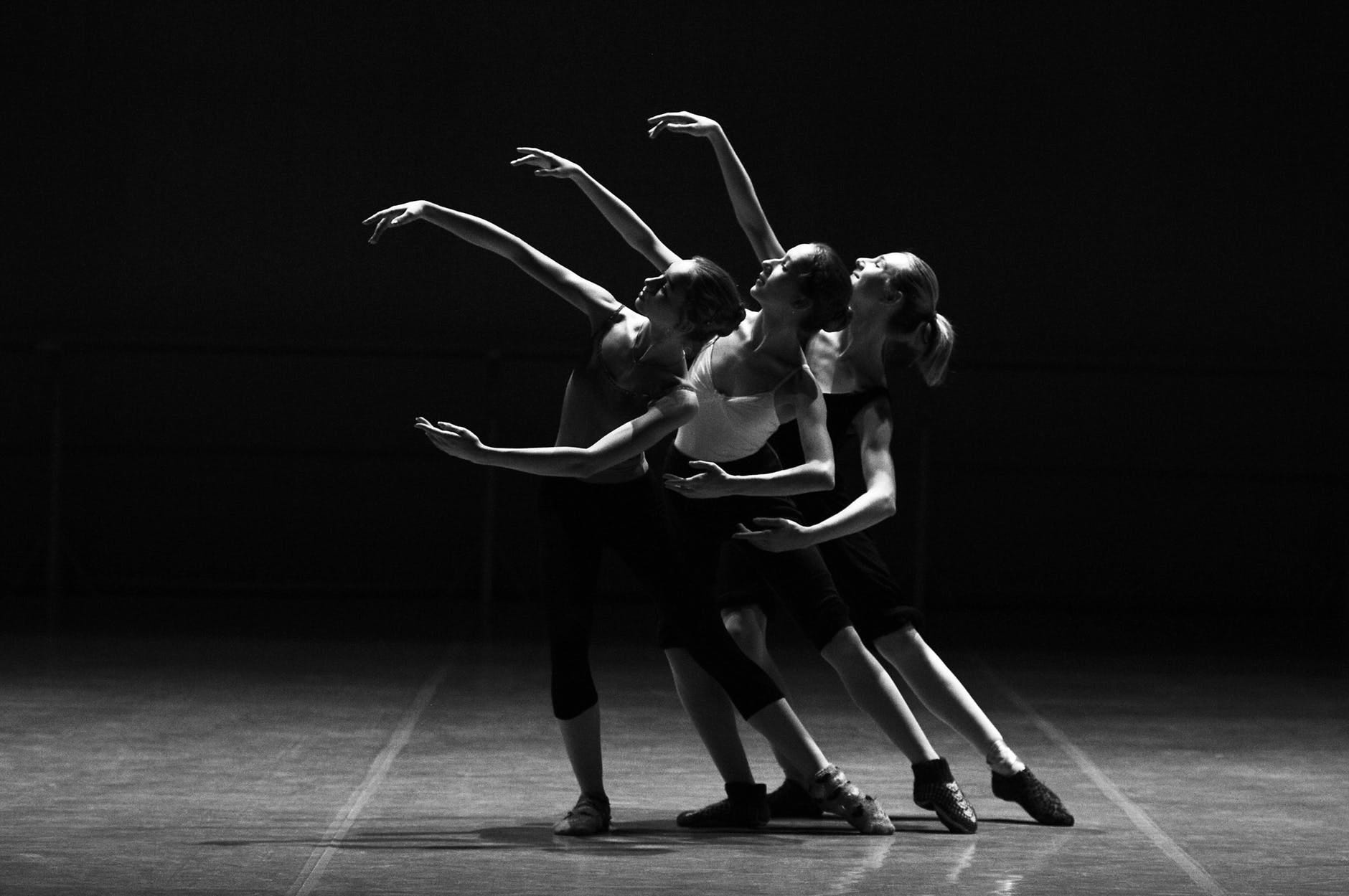
An Introduction in the World of Performing Arts by Catherine Watts
Of course, politically motivated art and performance was not new in the 1950s. Before and between the first and second world wars in Europe, a number of art movements such as the Italian Futurists, had spread their political or anti-establishment ideals through various artforms, including performance. But after the Second World War, changing.
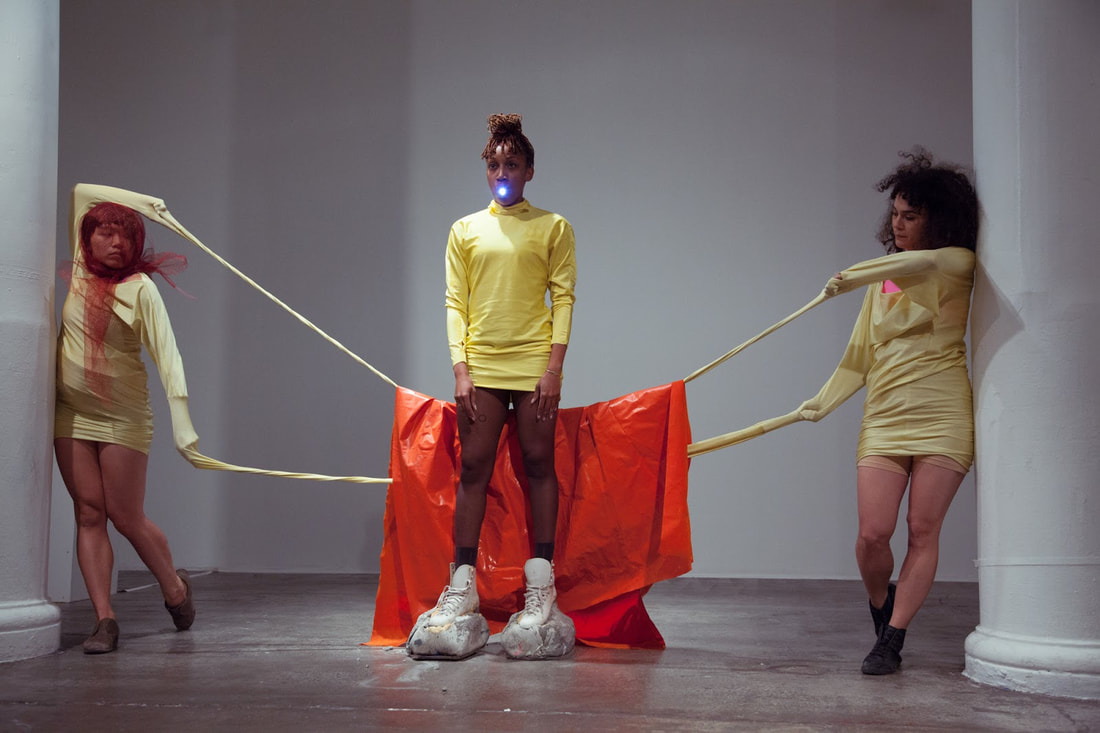
Performance Art Which elements do you want to use in your performance
What is performance art? Performance art is an art piece, exhibition, or installation that is created directly by the artist, collection of artists, or others. Performance art is often seen as what's done when other more traditional art forms are not enough to get the artist's point across.
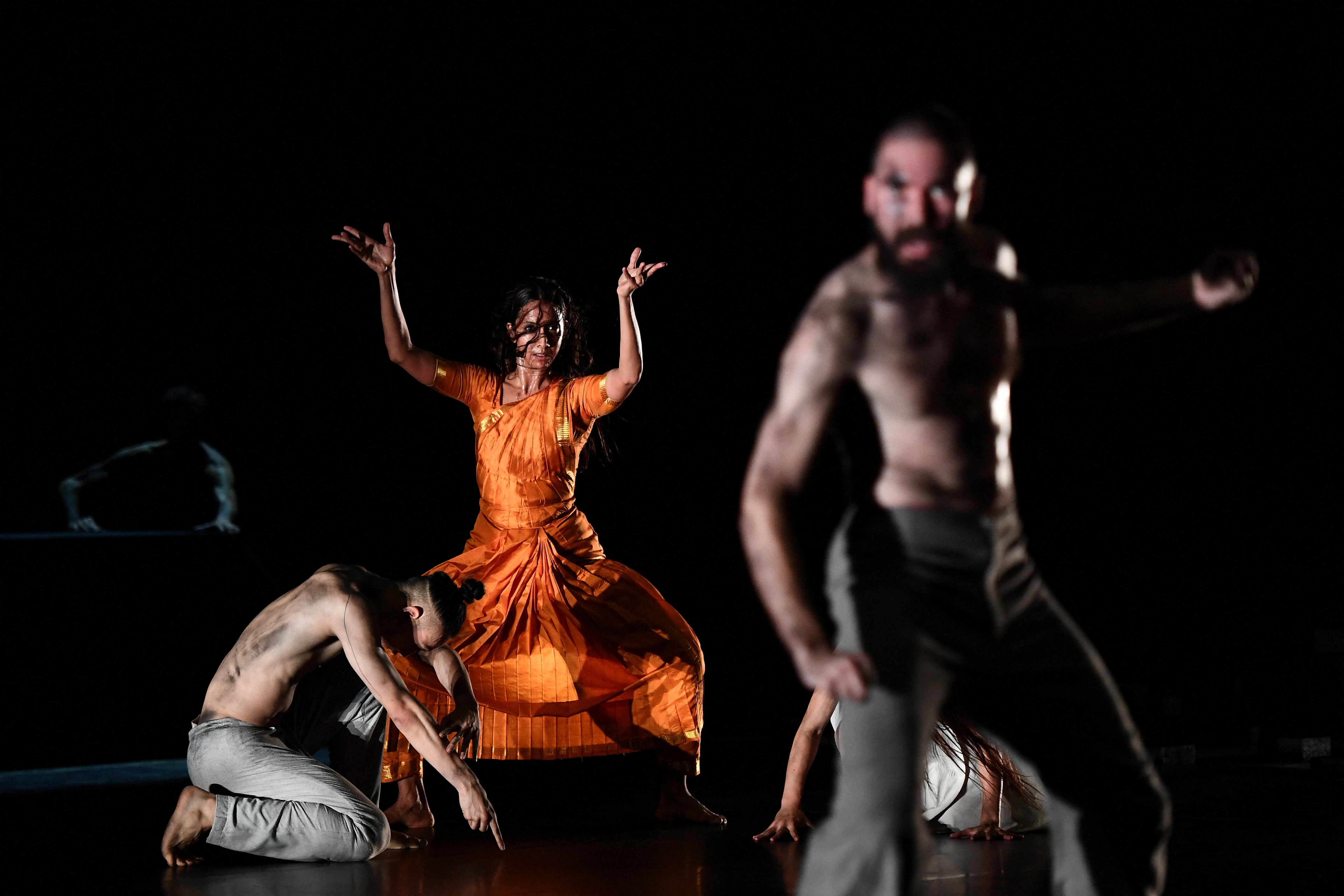
Contemporary performance 3 things you need to know
The Art and Performance Research Hub explores contemporary issues through rigorous intellectual research themes, including: archives, museums, cultural heritage and domestic histories. power, politics, protest, site and communities. arts and health, social practice, policy and law. simulation, materiality, identity, fiction of the image.
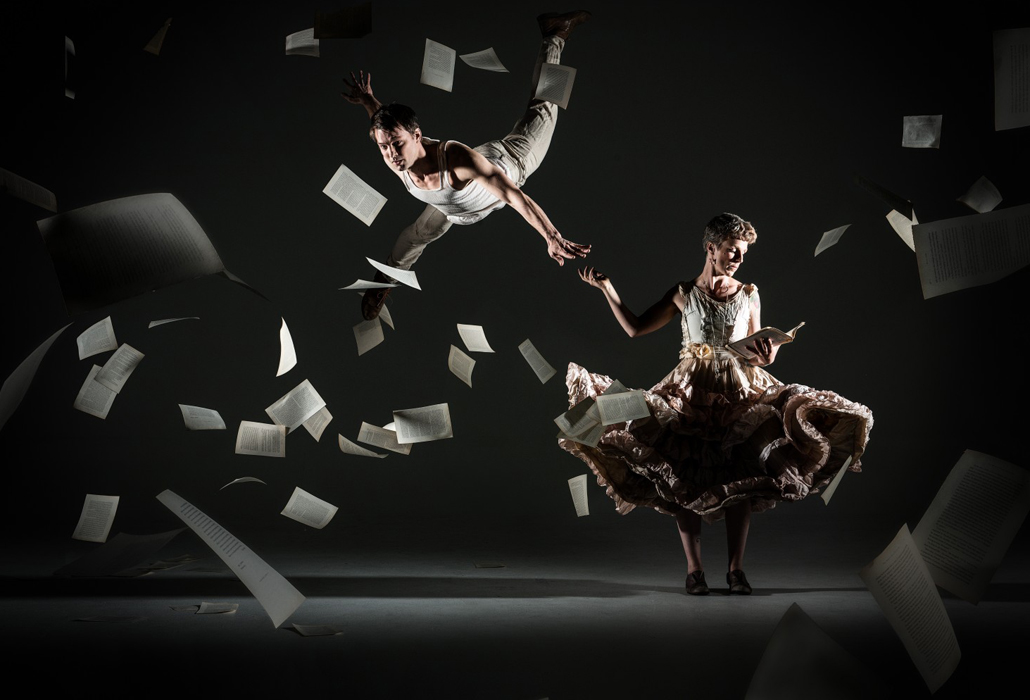
Helpmann Awards Celebrating Australia's Performance Art The Culture
Discover Artworks In All Shapes, Sizes, Textures & Themes. Find Something For Any Budget. Hand Picked Gift Guides & Seasonal Trend Selections Curated By Our Experts For All Tastes.

Wallpaper women, dancing, sculpture, ART, performance art, performing
Performance art is an artwork or art exhibition created through actions executed by the artist or other participants. It may be witnessed live or through documentation, spontaneously developed or written, and is traditionally presented to a public in a fine art context in an interdisciplinary mode.

The Creativity Post Works of Performing Art and their Performances
Historical Sources. While performance art is a relatively new area of art history, it has roots in experimental art of the late 19th and early 20th centuries. Echoing utopian ideas of the period's avant-garde, these earliest examples found influences in theatrical and music performance, art, poetry, burlesque and other popular entertainment.